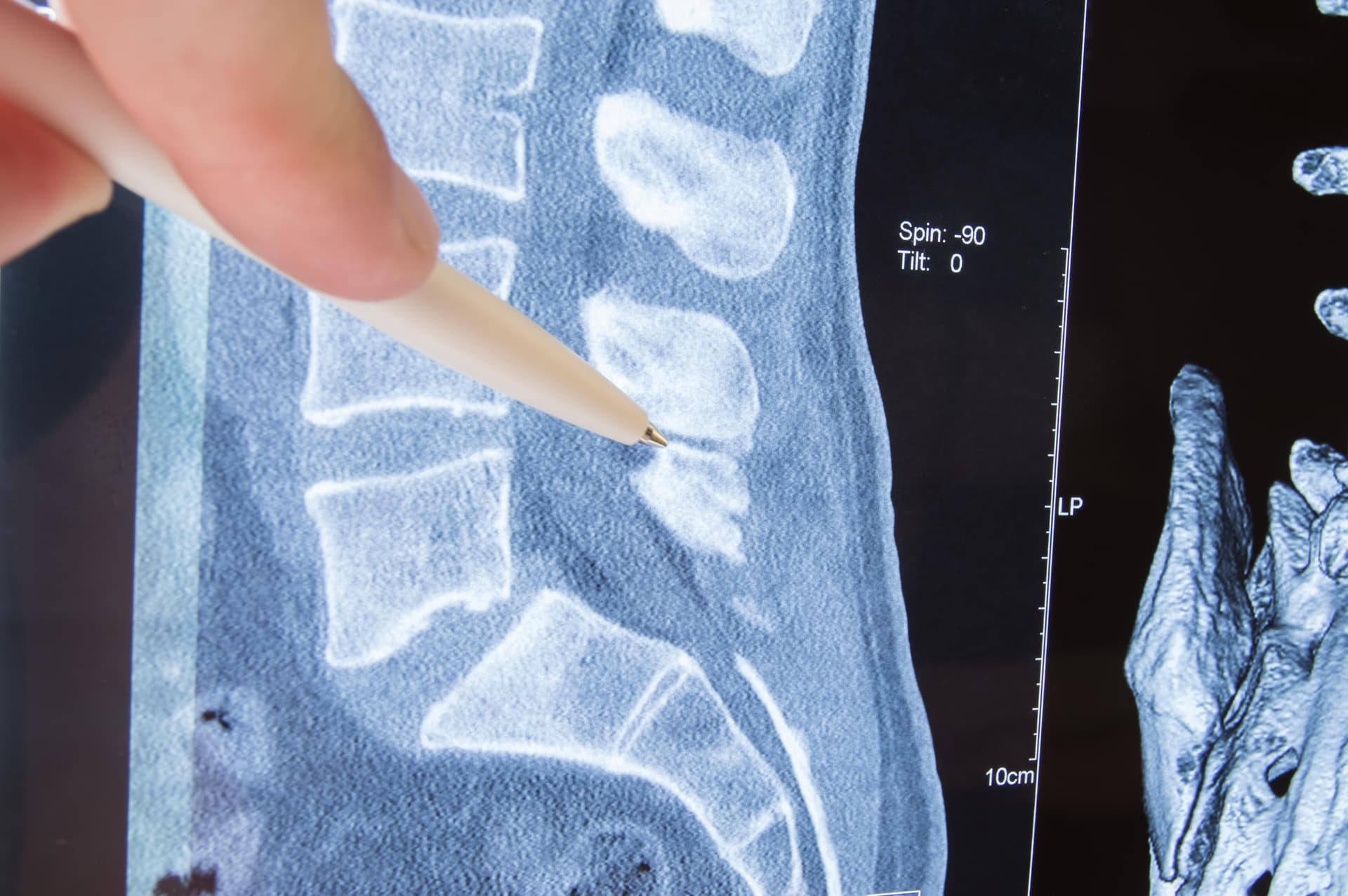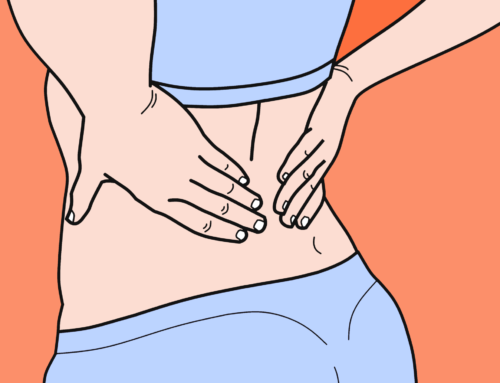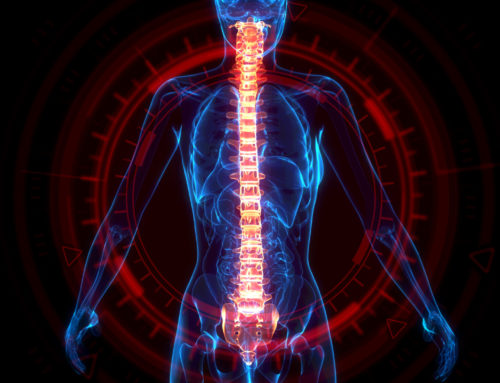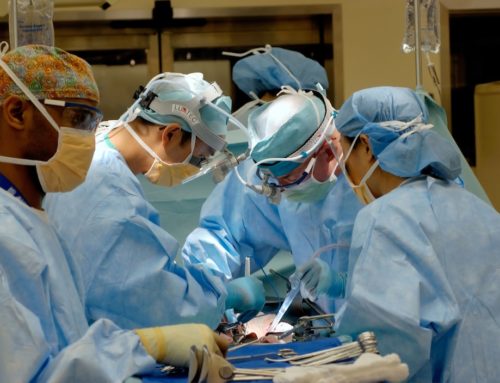Have you heard of spinal stenosis? It’s a relatively common condition among elderly people but not exclusively – people under 65 can also suffer from the condition.
But what is the solution? Pain relief, physiotherapy, steroids, and surgery are all options. Surgery stands out, however, as a more effective treatment than the more remedial options.
We’re going to take a look at the condition, and how spinal stenosis surgery is likely the best course of treatment.
What Is Spinal Stenosis?
Spinal stenosis is a condition characterized by the narrowing of the spinal canal. This causes compression of the nerves that travel through the lower back. It is most commonly a degenerative condition that arises in elderly people, but developmental issues can cause it to affect younger people, too.
Spinal Stenosis Symptoms
There are a number of symptoms caused by spinal stenosis, most of which develop gradually rather than suddenly;
- Back pain
- Sciatica (burning pain through the buttocks and legs)
- Loss of sensation in the feet
- Cramping, tingling, numbness, or weakness in the legs
These symptoms can also be caused by a number of other conditions, so it’s important to speak to your doctor.
Spinal Stenosis Treatment
There are a few non-surgical methods of treatment that can relieve symptoms. While these treatments can be effective, they may not be sufficient for everyone.
- Painkillers and anti-inflammatory medications
- Physical therapy to help strengthen the surrounding muscles can help
- Chiropractic care and acupuncture may relieve symptoms in some people
The success of each of these methods depends on the person and the severity of the condition.
Surgery For Spinal Stenosis
As mentioned, surgery is a well-renowned treatment for spinal stenosis and is the best option if the pain has become unmanageable or the sufferer is left disabled by the condition. There are a few different types of surgery. Let’s take a look at them.
Laminectomy
The back part of the vertebra is called the lamina. In a laminectomy, the surgeon will remove this part. This surgery is sometimes known as decompression surgery because it relieves pressure on the compressed nerves.
Laminotomy
Rather than removing the whole lamina, a laminotomy is a procedure where a small part of the lamina is removed from a specific area. This relieves pressure from that area and can ease symptoms.
Laminoplasty
A laminoplasty is different from the other surgeries in that it is specific to the vertebrae of the neck. By creating a hinge on the lamina, space is opened up in the spinal canal, relieving pressure.
Is Spinal Stenosis Surgery For You?
If you suffer from some of the symptoms and have spoken to your physician, they may have recommended spinal stenosis surgery.
The next step is to speak to a specialist. Contact us today with any questions you may have or to start the conversation about how spinal stenosis surgery could help relieve your symptoms.






